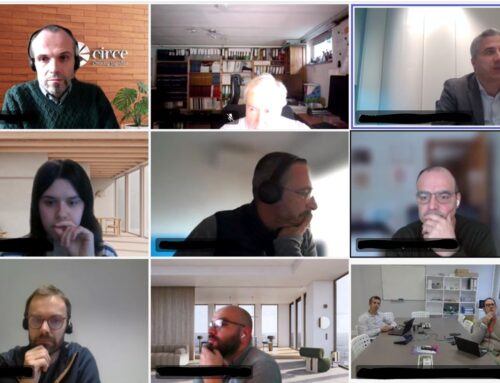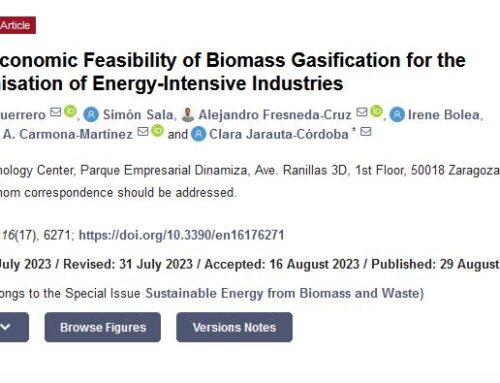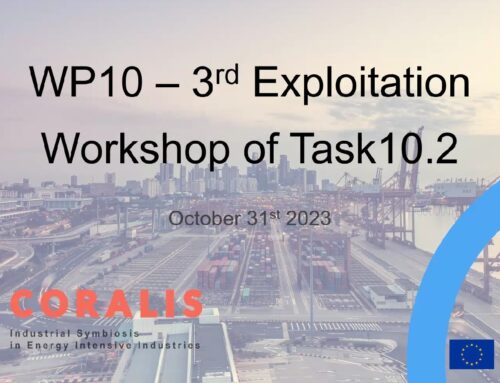The CORALIS follower sites represent a collaborative effort of various organizations aimed at promoting industrial symbiosis in different regions across Europe. Within the project, the three follower cases which have been chosen are Basauri in Spain, Linz in Austria and Izmit in Turkey. These sites have been selected based on their resource exchange potential, the presence of industries and stakeholders within them that could benefit from such exchange, as well as on the outcomes of feasibility and technical analyses to identify potential barriers and opportunities for IS. Project partners in these follower cases have been working with local stakeholders to develop and further elaborate industrial symbiosis solutions, such as the exchange of resources and materials (e.g. waste heat, by-products) or renewable resource vectors such as hydrogen. In parallel, the accompanying research partners have been developing tools and methodologies to support the development of industrial symbiosis in the selected follower cases.
Some key learnings for efficient design of an industrial symbiosis at an early stage
Designing an efficient industrial symbiosis at an early stage requires careful planning and consideration of several factors. Based on the experiences and outcomes of the first phase of the CORALIS industrial symbiosis project, some key learnings for efficient design of an industrial symbiosis at an early stage include:
- Collaboration and engagement: Early engagement and collaboration with stakeholders, including potential participants and relevant authorities, are critical to the success of an industrial symbiosis project. It is important to build trust and establish clear communication channels between participants to foster cooperation and facilitate resource exchange.
- Mapping of resource flows: A comprehensive understanding of the resource flows and waste streams in the specific case is essential to identify potential resource exchange opportunities. Mapping the resource flows and waste streams can help identify synergies between industries and enable the design of an efficient and effective industrial symbiosis.
- Matching of resource needs: Identifying and matching the resource needs and waste streams of potential participants is crucial to ensure that the exchange is mutually beneficial. The exchange should be based on a careful analysis of the availability, quality and cost of the resources involved.
- Identification of potential barriers: Potential barriers to the implementation of an industrial symbiosis, such as legal, regulatory, and technical issues, should be identified at an early stage. Strategies should be developed to address these barriers to ensure the smooth implementation and operation of the symbiosis.
- Evaluation of environmental and economic benefits: A thorough evaluation of the environmental and economic benefits of the industrial symbiosis should be conducted at an early stage. This helps to demonstrate the potential benefits to potential participants and other stakeholders and facilitate the implementation of the symbiosis.
- Flexibility: Industrial symbiosis projects are complex and dynamic, and there may be changes in the resource availability, production processes, or other factors that affect the symbiosis. It is important to design the symbiosis with some level of flexibility to adapt to changing circumstances.
Overall, designing an efficient industrial symbiosis at an early stage requires careful planning, collaboration and consideration of various factors. Within CORALIS, several methods to support the efficient design of an industrial symbiosis at an early stage have been applied and tested towards their robustness for complex applications and have resulted in key project learnings and insights from the initial phase of the project. Key methods individually tailored towards the followers are:
- Basauri: Techno-economic feasibility, technology matching and stakeholder engagement
- Linz: Techno-economic feasibility, Business model approach, stakeholder analysis
- Izmit: Mapping of resources, complementary laboratory analysis, economic feasibility, stakeholder engagement
Overall, the effective design of an industrial symbiosis from an early stage onwards requires a combination of methods and approaches that can identify potential synergies, assess the benefits, overcome the barriers and engage stakeholders. The selection of appropriate methods will depend on the specific context and objectives of the industrial symbiosis project. Overall, the work in the CORALIS follower sites has evolved significantly since its inception. The project has successfully identified suitable options for industrial symbiosis and developed and implemented associated solutions, while the project’s success stories demonstrate the potential benefits of industrial symbiosis, including reduced waste, lower energy costs and improved sustainability. The project continues to promote industrial symbiosis across Europe and it will be interesting to see how it evolves in the coming years.
Johannes Lindorfer, Valerie Rodin







